
The Robin of Earth-Two
Technically, this is the same Robin I described in the early parts – Dick Grayson who became Batman’s sidekick in 1940. Batman and Robin are a rarity in that they were continually published from the 1940s to the present. Most comic book heroes ceased publication after World War II and drastically revamped versions of other heroes were introduced in the 1950s and 1960s.
DC Comics established that the World War II versions of their superheroes existed in another dimension – Earth-Two. Every year, the Justice League of America teamed up with the Justice Society of America, their older, extra-dimensional counterparts. In 1967, the now-adult original Robin joined in the adventure, wearing a Batman-like costume with a few Robin flourishes.
Later appearances introduced a more Robin-like costume, and established that the older Richard Grayson was the US ambassador to South Africa. On Earth-Two, South Africa had ditched apartheid decades before it had in our world. He was also a senior partner in the law firm Cranston, Grayson and Wayne. (The Wayne in the firm’s name was Helena, the Earth-Two Bruce Wayne’s daughter with Catwoman. She faught crime under the alias The Huntress. )
DC Comics celebrated their 50th anniversary in 1985 with a giant crossover event Crisis on Infinite Earths. At the conclusion of the storyline, all the parallel Earths had been collapsed into one, and the Earth-Two Robin was killed. Later storylines re-established the multiverse, and new variations on this character have appeared.
After the DC Universe was transformed in a 2011 event called Flashpoint, a new Earth-2 was introduced. In this reality, Dick Grayson had never been Robin -- instead that role had been filled by Bruce Wayne's daughter Helena, who took on the role of the Huntress again when she travelled to the regular DC Universe.
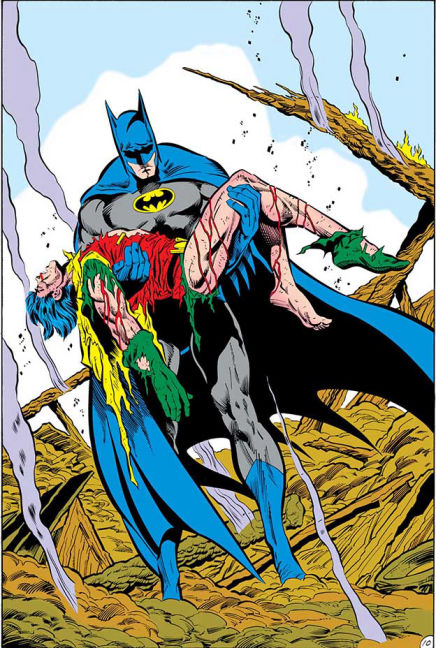
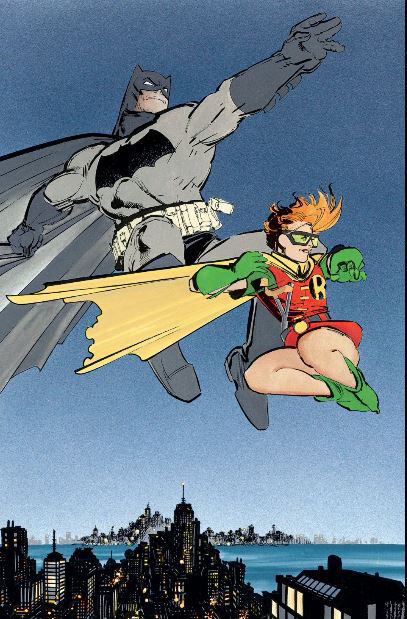
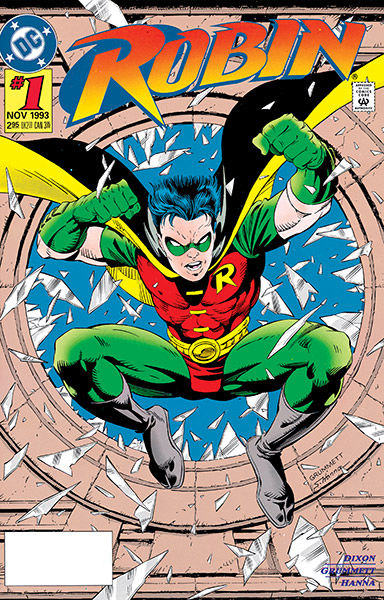
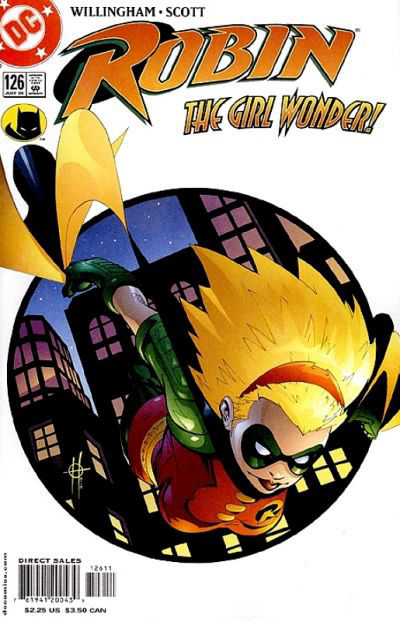
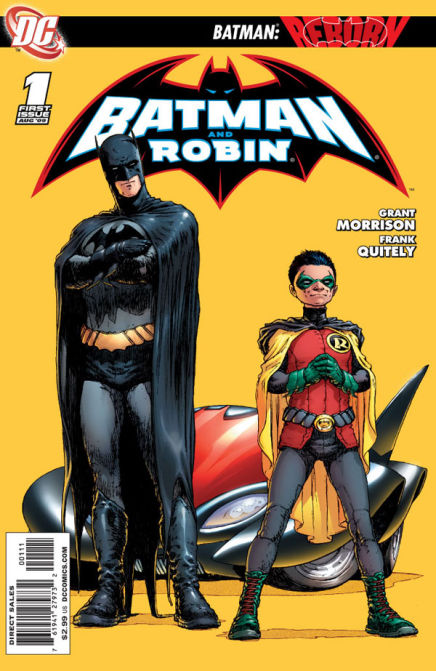
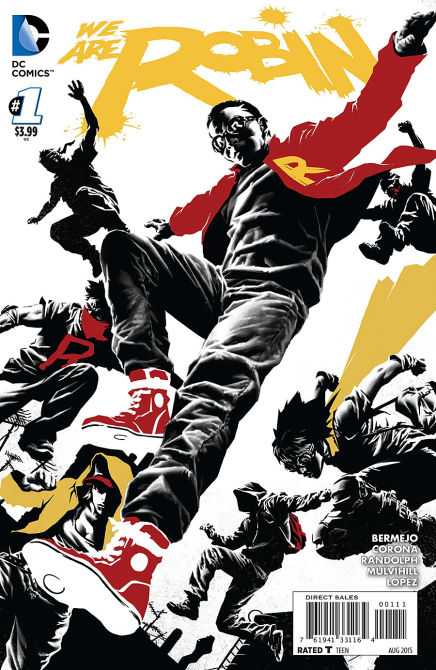
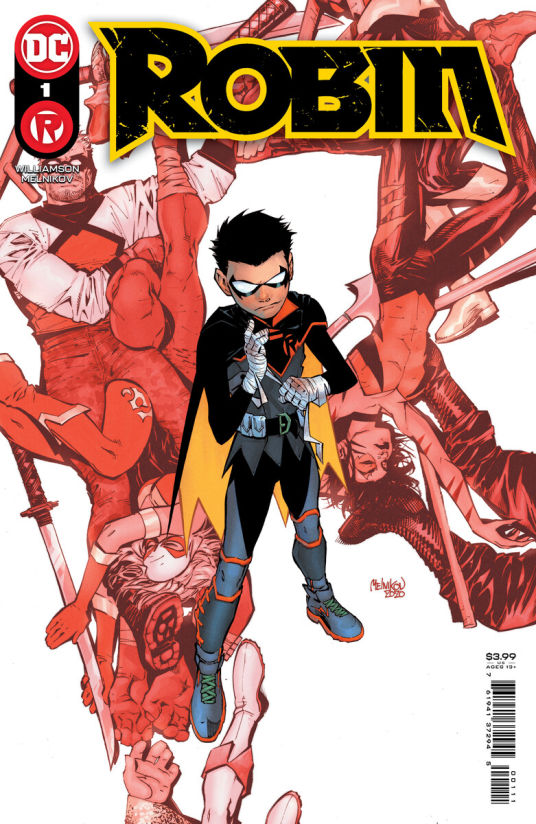
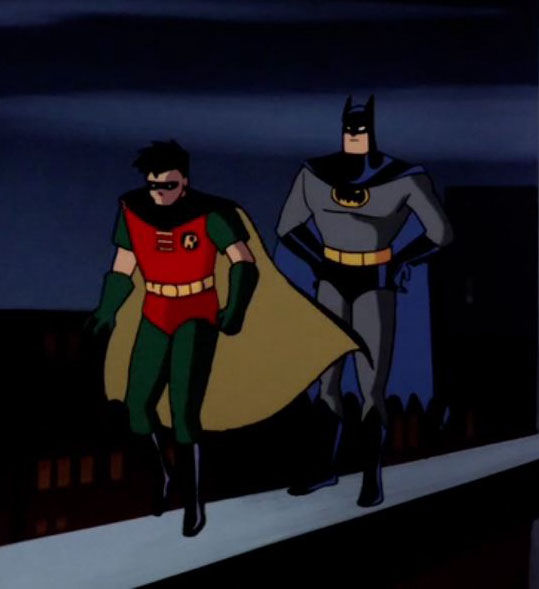
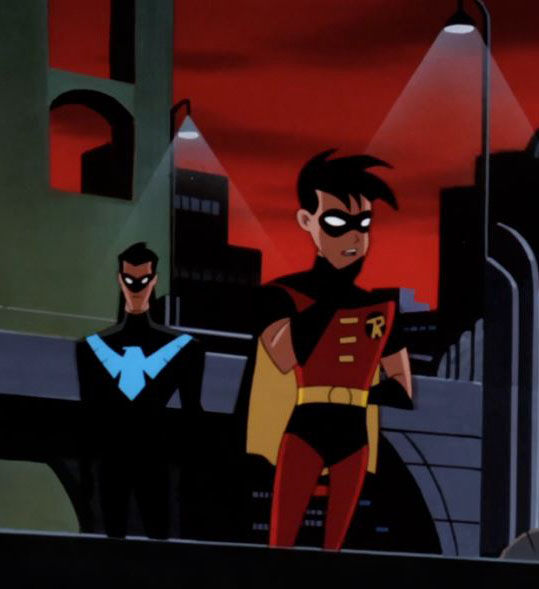
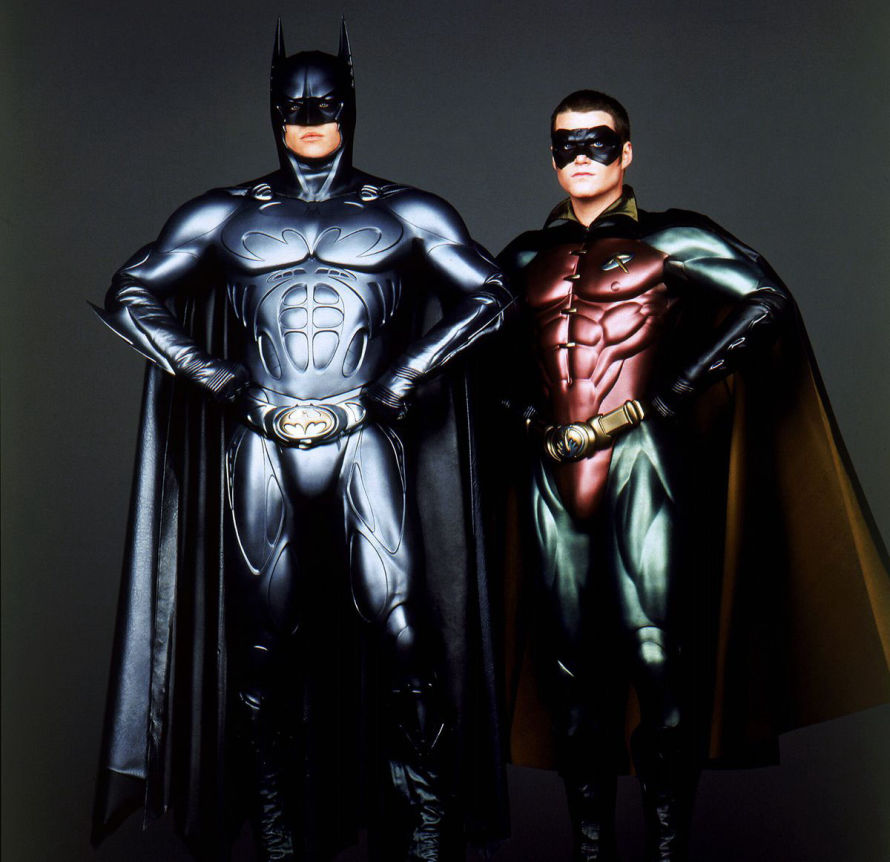
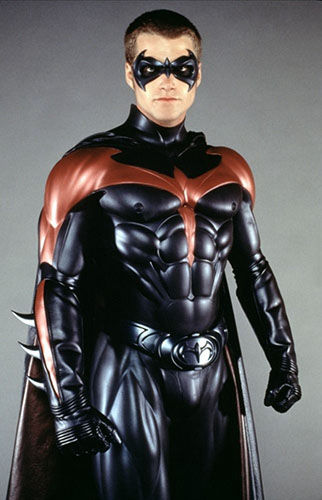
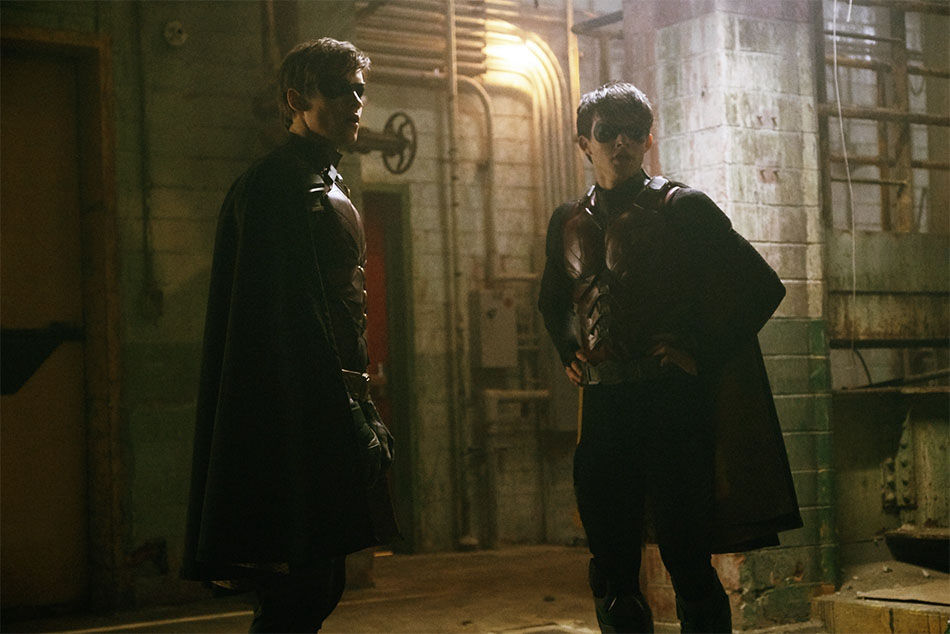
Contact Us